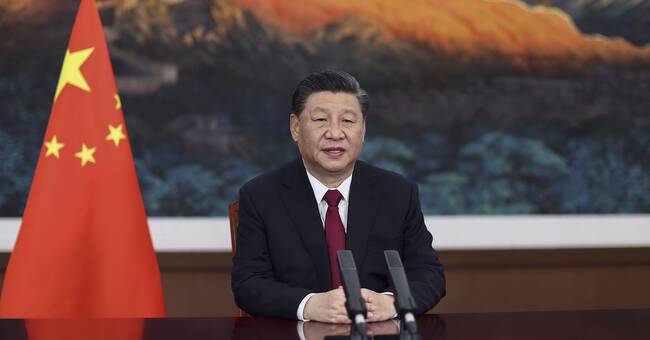None of the major Chinese vaccines Sinopharm, Sinovac or CanSino are based on the technology of using so-called mRNA to protect the body against the coronavirus.
MRna technology, on the other hand, is used in the vaccine from American Moderna and Pfizer.
Questioning the mRna vaccine
A new Swedish study from the Swedish Center for China Studies (SCCS) now shows that the Chinese media question the mRna vaccine in comparison with the Chinese vaccines.
Chinese media are particularly skeptical about safety, and instead highlight the Chinese vaccines that are based on the more traditional method of inactivating the virus as carefully proven and safe.
The study is done through analyzes of twelve thousand Chinese news texts.
Another trend in Chinese vaccine reporting is to criticize Europe and the United States for betraying poorer countries and using vaccines to achieve political goals, according to the SCCS report.
But there are many indications that China has achieved its own political goals through the Chinese vaccine.
For example, Paraguay's foreign minister has said he has been pressured by Chinese officials to cut ties with Taiwan in exchange for a Chinese vaccine.
Sold expensive
Early in the pandemic, Chinese President Xi Jinping said the Chinese vaccine would help "the global public good".
And since then, many Chinese media have published news about Chinese vaccine donations to other countries, such as Serbia, Pakistan and Nepal.
It can be seen against the background that most of the Chinese vaccines have in fact been sold, not donated.
Although it is difficult to find exact figures, surveys from both the American newspapers Wall Street Journal and The Diplomat have shown that more than 90 percent of all Chinese vaccines that have gone abroad have been sold.
And also quite expensive.
The Chinese Sinopharm vaccine costs about $ 60, almost twice as much as the Modern vaccine. Nevertheless, "the global public good" is an important slogan when media in China describe China's vaccine diplomacy.

